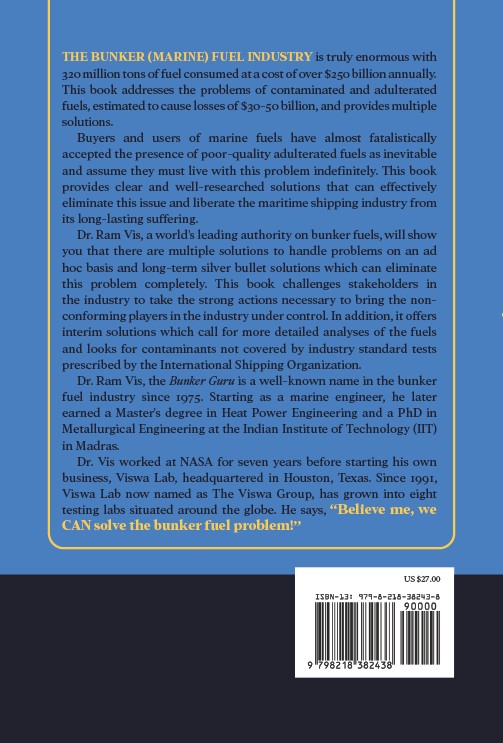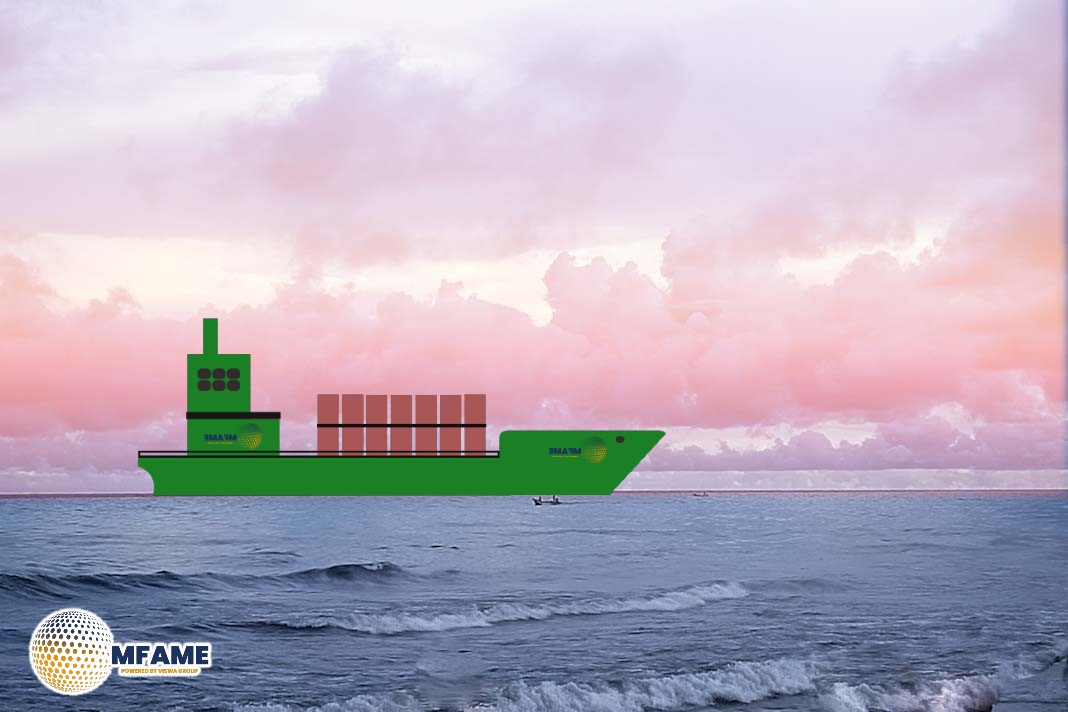
- The $1 million USTR fee on Chinese-operated vessels could increase LPG freight rates by 25%, adding $26–$37/mt to transport costs for key Asian routes.
- Chinese operators, handling 18% of US NGL exports, may divert shipments to the Middle East, disrupting US-to-Asia trade and narrowing east-west price spreads.
- The American Petroleum Institute (API) warns of up to $30 billion in additional costs for US consumers, reducing US competitiveness in global energy markets.
- Traders and shipping operators anticipate logistical disruptions, tighter vessel availability, and short-term price volatility, affecting global LPG supply chains.
The US Trade Representative (USTR) is considering a substantial $1 million service fee for Chinese-operated vessels loading shipments from the US, with fees scaling up to $1.5 million per port call, depending on fleet composition. This proposal, if implemented, could increase operational costs for Chinese shipping companies, forcing them to reassess their participation in US trade.
Chinese maritime operators have played an increasing role in US exports, with their market share rising from 11% in 2020 to 18% in 2024. The US has also seen a surge in natural gas liquids (NGL) exports, growing from 49 million mt in 2020 to nearly 75 million mt by 2024. However, the proposed fees could discourage Chinese involvement in US shipping, prompting a shift towards alternative markets like the Middle East.
Reshuffling fleets is not straightforward and involves complex logistics, such as vessel compliance with US regulations, crew training, and operational adjustments to ensure smooth transitions. This could lead to short-term disruptions in global shipping and rising costs for US exporters.
Impact on Freight Rates, Arbitrage Economics, and Market Stability
With 55 of the 293 Very Large Gas Carriers (VLGCs) operating out of the US either owned or built by Chinese companies, excluding them from US trade routes would tighten vessel availability and drive up shipping costs.
Analysts project that LPG freight rates from the US will rise by about 25%, adding $26–$37/mt for key routes like Houston to Chiba, Japan, and $14–$19/mt for others. The increased shipping costs will also worsen trans-Pacific arbitrage economics, adding approximately 6 cents/gal to logistics costs.
The additional $1 million per vessel fee could translate to a $30/mt increase in delivered LPG prices, making US-to-Asia trade less competitive. As a result, marginal barrels may shift towards Europe, though Europe cannot absorb excess volumes from the US Gulf Coast.
The American Petroleum Institute (API) warns that these fees could cost US consumers up to $30 billion annually and weaken US competitiveness as a global oil exporter. Higher freight costs would make Gulf Coast refined products less competitive against foreign alternatives, threatening market stability.
Market Reaction and Future Outlook
The market response to the proposed fees has been largely negative, with participants anticipating logistical disruptions and price volatility. Traders and shipping operators expect a period of uncertainty as they adjust their fleets and risk strategies to comply with the new regulations.
An LPG broker noted that short-term volatility is inevitable as the market adapts to the shifting trade dynamics. The potential reduction in US Gulf Coast LPG exports could tighten global supply levels, pushing up propane and butane prices. This is particularly concerning for China, where the petrochemical industry relies heavily on US LPG.
“Any policy that creates obstacles for clearing US production will impact market sentiment,” said an LPG trader. “People will start to question the stability of US supply growth.”
With US shipping costs rising and Asian trade routes becoming less attractive, the proposed fees could have long-term implications for US energy exports and global supply chains.
Did you subscribe to our daily Newsletter?
It’s Free Click here to Subscribe!
Source: S&P Global

















